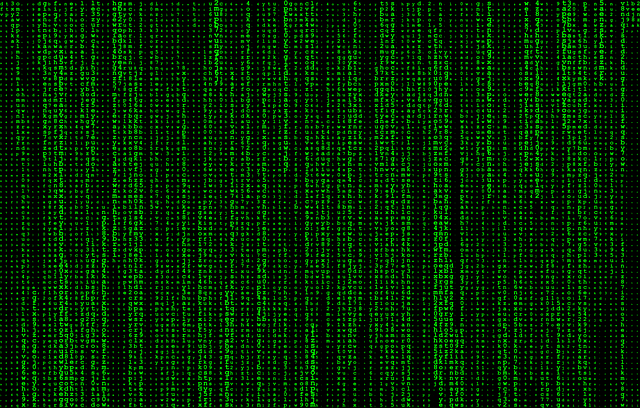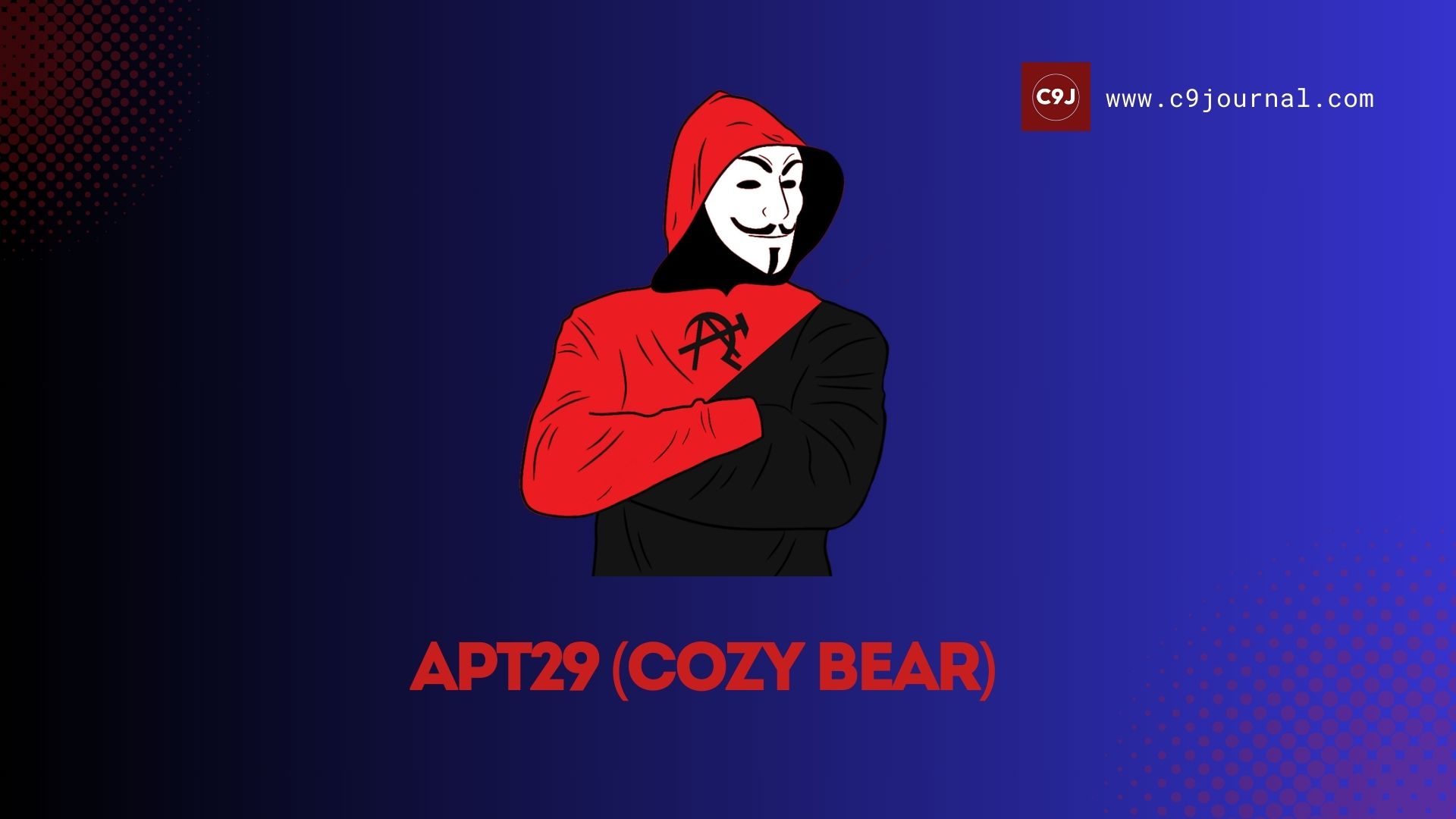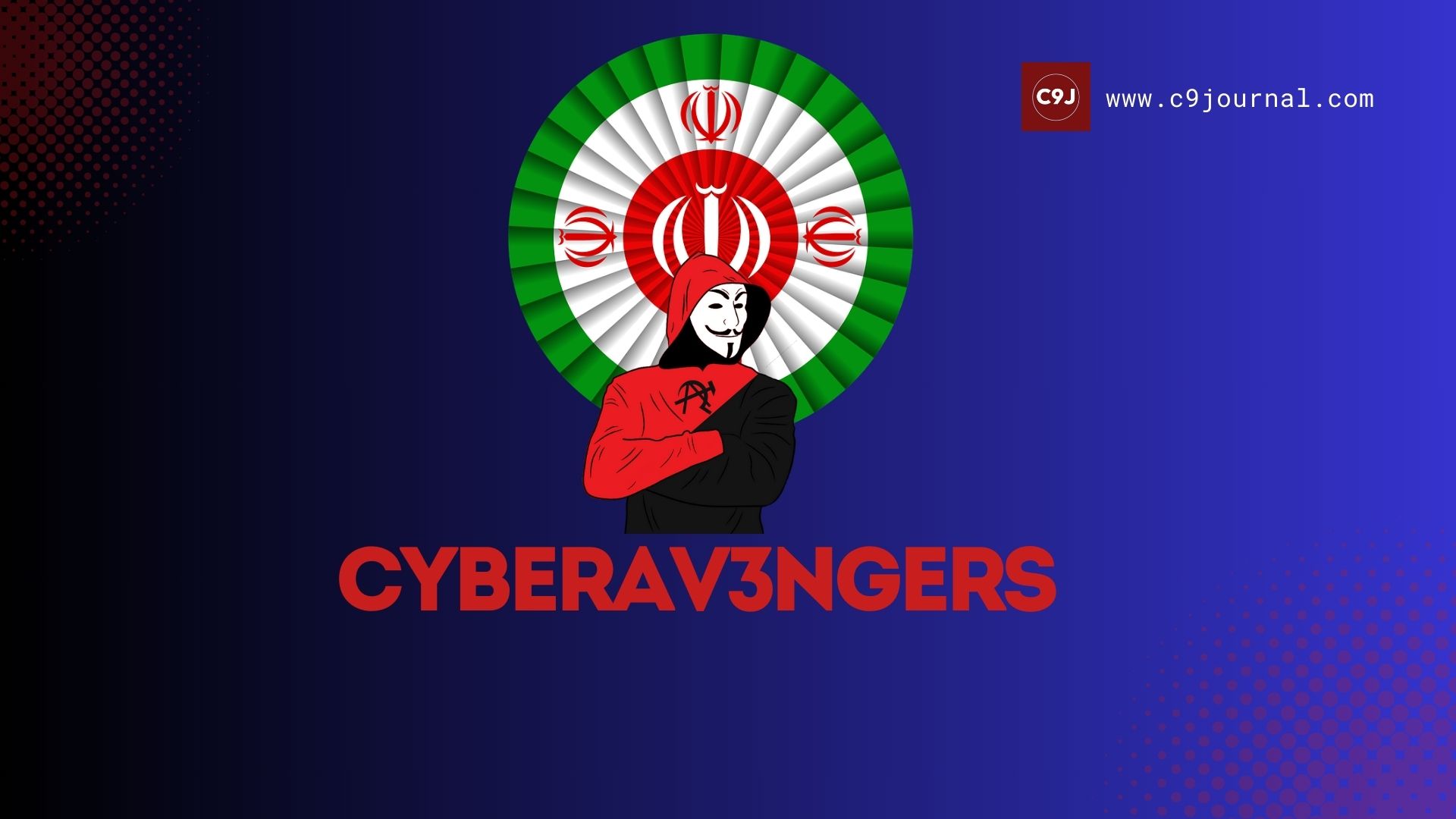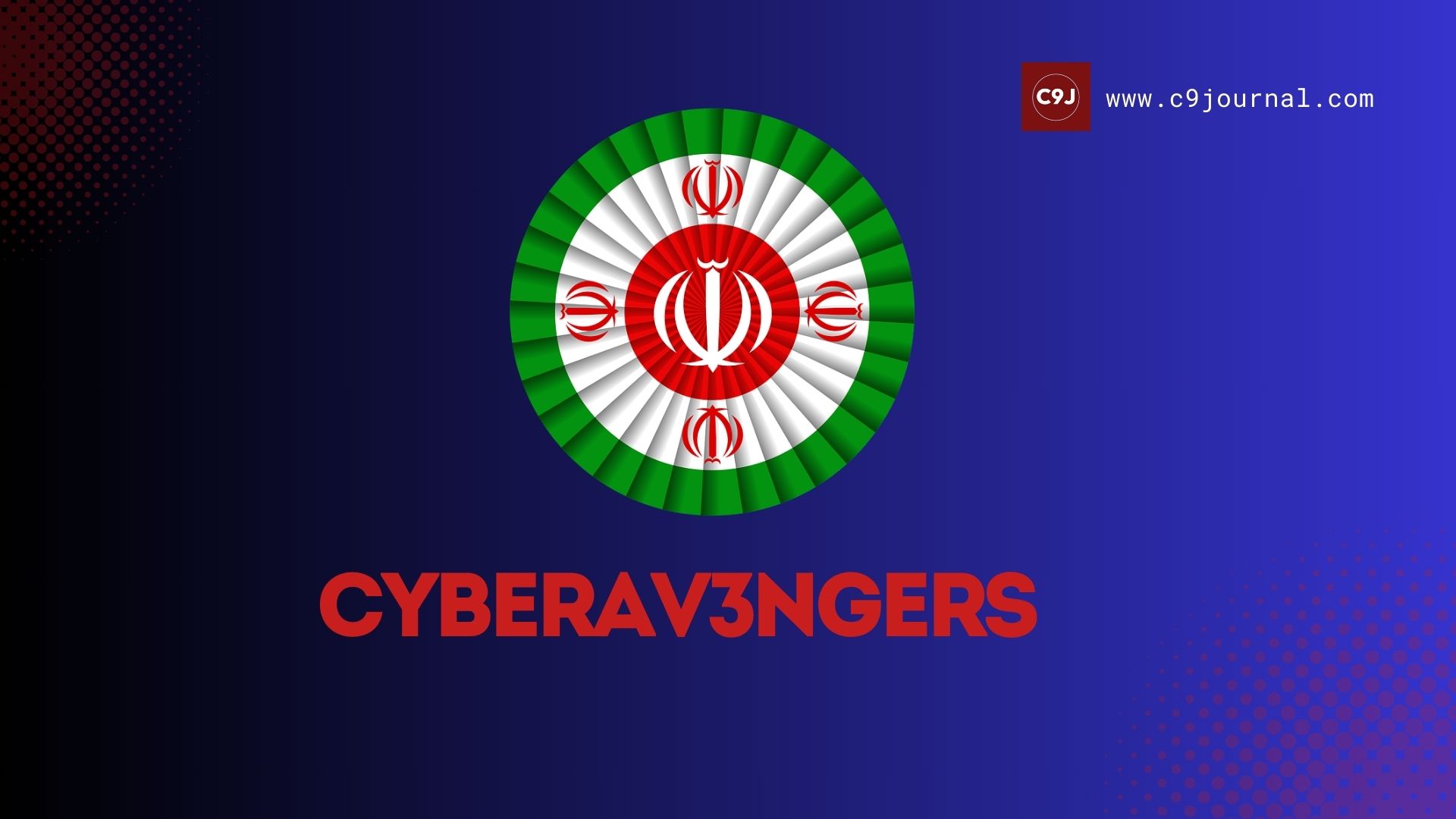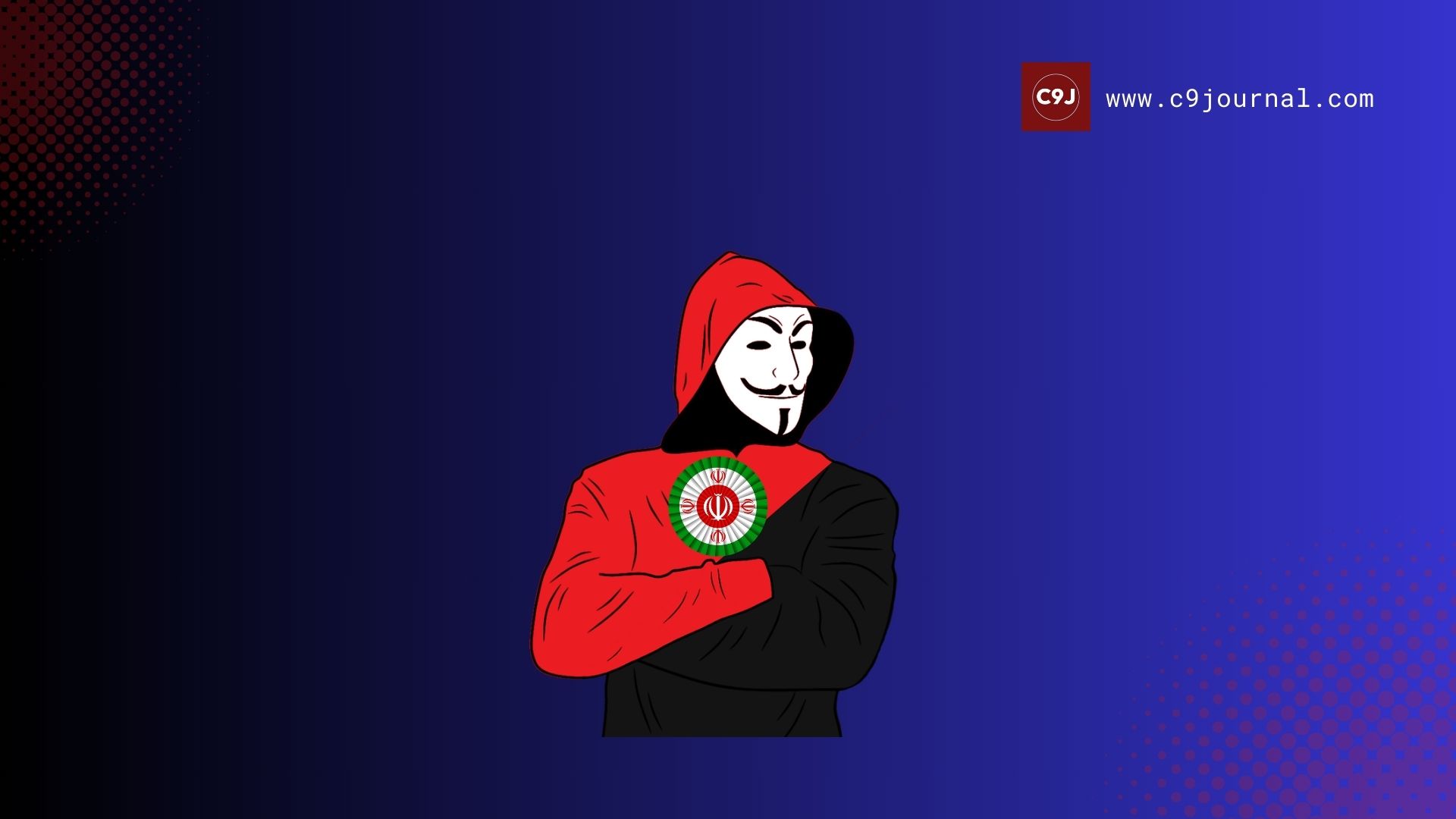
Iranian-based threat actors have been identified as playing a key role in enabling ransomware attacks on U.S. organizations by exploiting multiple vulnerabilities across networking devices and VPNs. These groups have developed advanced tactics, using public exploits and reconnaissance tools such as Shodan to identify vulnerable assets, including Citrix Netscaler, Palo Alto firewalls, and Ivanti VPNs.
Tactics and Techniques Used:
- Reconnaissance and Scanning:
- The attackers scan the internet for vulnerable devices, specifically targeting CVE-2024-3400 in Palo Alto firewalls and CVE-2019-19781 in Citrix Netscaler.
- Exploitation and Credential Theft:
- Webshells and malware are deployed to compromised systems to steal credentials, escalate privileges, and establish persistence.
- Defense Evasion:
- Iranian groups manipulate security policies and disable antivirus tools to avoid detection, ensuring their malware remains active on compromised networks.
Implications of the Attacks:
- Disruption of Critical Infrastructure: Iranian actors frequently target essential systems like water facilities, power grids, and government networks, leading to operational disruptions.
- Ransomware as a Service (RaaS): Some Iranian hackers collaborate with ransomware operators, providing access to compromised systems in exchange for financial incentives.
- Long-Term Persistence: Even after vulnerabilities are patched, attackers attempt to regain access by deploying new webshells and malware variants.
Mitigation Steps:
- Patch All Exposed Devices: Ensure that Citrix, Palo Alto, and other internet-facing systems are up-to-date.
- Restrict Remote Access: Disable unnecessary remote services and enforce MFA across the network.
- Monitor Network Traffic: Look for signs of unauthorized access, such as unusual login attempts or traffic to suspicious domains.
- Conduct Cybersecurity Audits: Regularly review configurations, permissions, and firewall rules to prevent exploitation.
This latest surge in ransomware activity, facilitated by Iranian hackers, serves as a stark reminder of the evolving cyber threat landscape and the need for continuous vigilance and rapid incident response.

